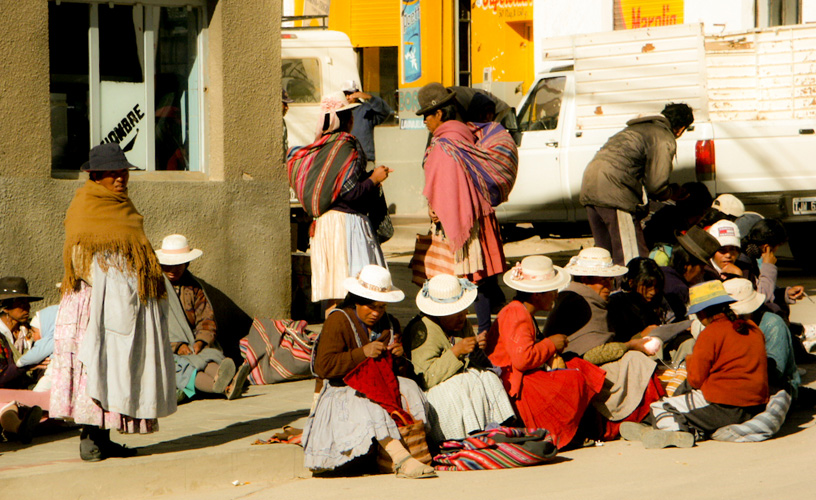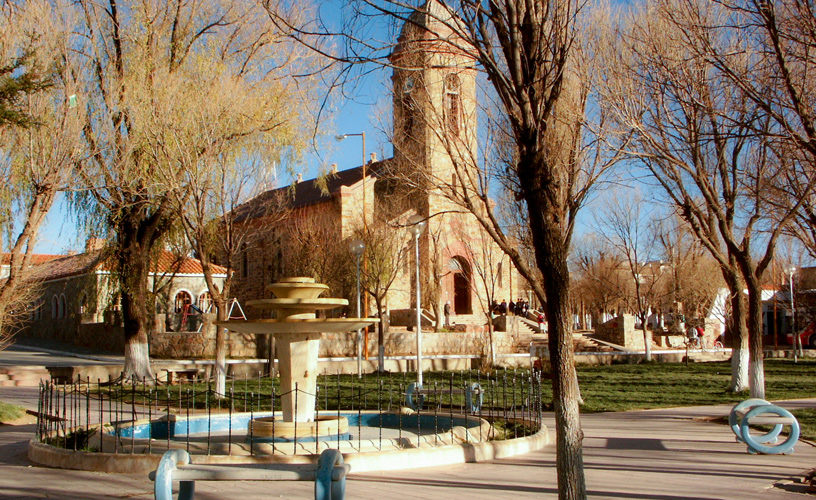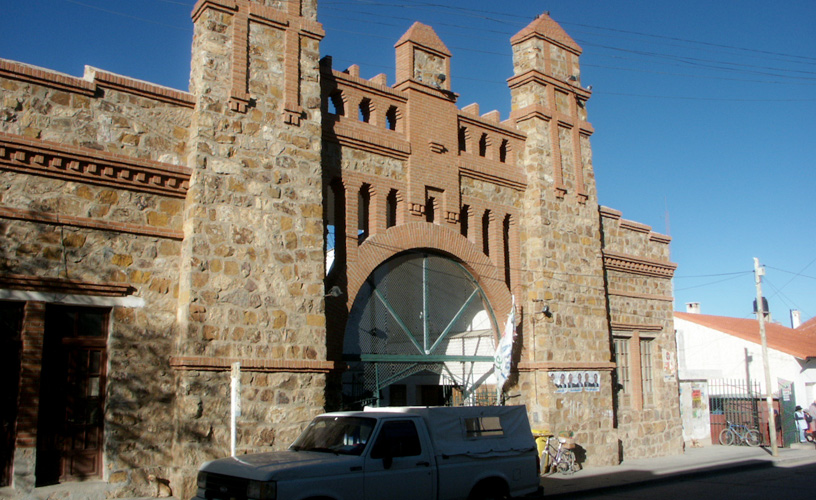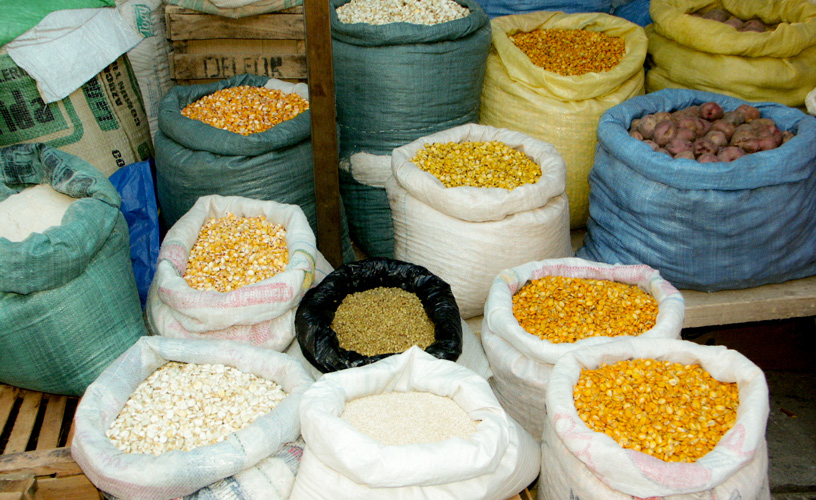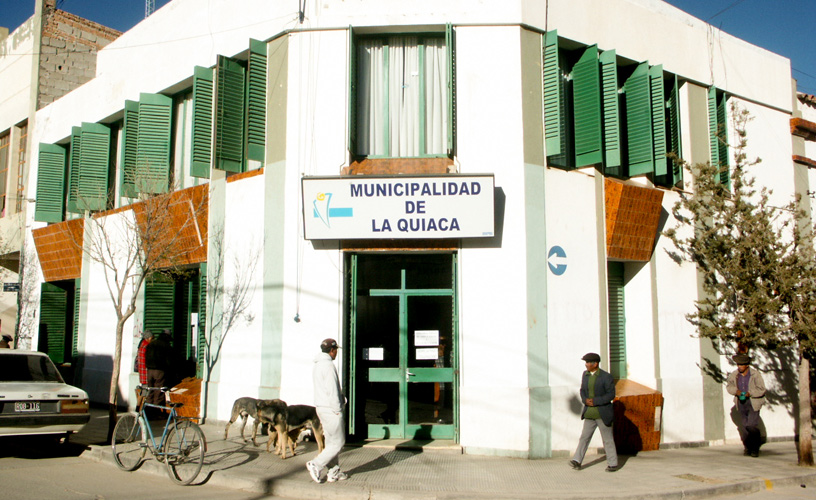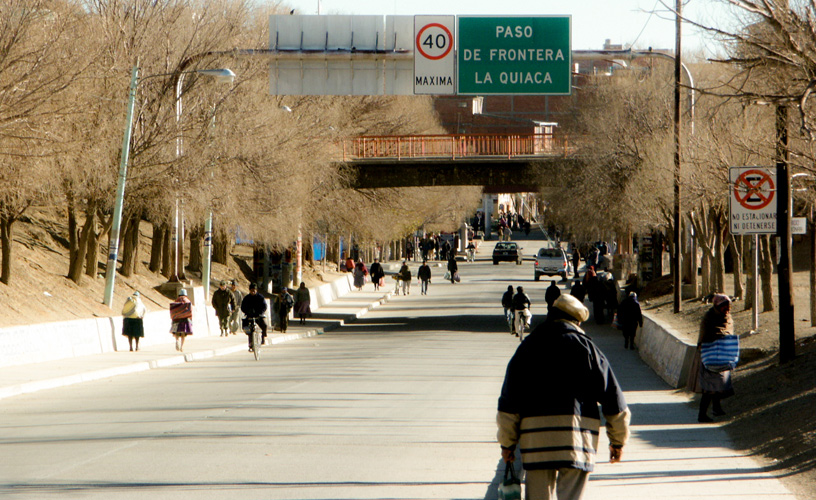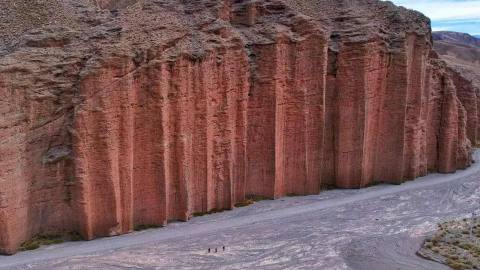A tour around one of the most attractive and fascinating cities in Northern Argentina.
La Quiaca is situated on the north of the Province of Jujuy, in the town of Yavi, 3,500 meters above sea level. As it is one of the highest cities in the world, it is advisable to tour around this place at a slow pace.
La Quiaca borders Villazón town (Bolivia) on the North, Ojo de Agua town on the West, Sansana on the East and La Florida town on the South. It is 290 kilometers away from San Salvador de Jujuy and 2,000 kilometers away from Buenos Aires.
It is recommended for those who visit La Quiaca for the first time to divide the tour into different areas not to miss any little corner: the eastern area covers the section between Lamadrid Avenue and Güemes Street and the western area covers the section between España and Sarmiento Avenues.
On the western town are the historical buildings and the iconic parks of this beautiful city. This is the usual starting point of tours.
11 de Septiembre Square or Independencia Square (situated on Sarmiento Avenue) is an ideal spot to start any tour. This is a place with lush vegetation and a granite fountain in the center, donated by the Spanish community dwelling in La Quiaca.
Just opposite this square, between Independencia Street and San Martín Avenue, is the Church of Our Lady of Perpetual Help. The foundation stone of this church was set on June 3, 1917 and it was built with dressed stone.
Another must visit attraction is the railway area, which reflects the English design and architecture of the nineteenth century and is situated on Sarmiento Avenue across 11 de Septiembre Square.
Another venue worth a visit is The Argentinian Gendarmerie Staff Building belonging to Nº 21 Squadron, situated between Sánchez de Bustamante Street and Sarmiento Avenue. The entire construction is made of dressed stone.
On España Avenue, we could visit Centro de Alto Rendimiento (“High Sport Performance Center”) with a natural grass field and a screened heated swimming pool.
The mountain range surrounding La Quiaca accompanied us along the whole tour and provided unique and spectacular beauty to the scenery.
Arriving at the Eastern city, between Lamadrid and Pellegrini avenues, tourists can enjoy the most colorful landscapes packed with handicrafts and breathe the northern culture all around the city.
Farmers arrive at the Central Market on donkeys loaded with their goods and products. This market offers a variety of delicious native dishes and typical beverages of the Altiplano (High Plains).
Besides, visitors can see thousand of craftsmen displaying their products throughout the city: items knitted by hand with sheep wool and llama fiber completely made through old and special techniques of this area.
The Musojñian Ethnographic Museum is another option to visit and learn more about the Pre-Columbian history of this place.
On the northern side is the international bridge named Horacio Guzmán, which connects La Quiaca to Bolivia. From this bridge, visitors can take a pleasant ride to Villazón town.
Finally, visitors can get La Quiaca along National Route 9, linked with the rest of Argentina. Provincial Route 4 and 5 join La Quiaca to Santa Catalina Department and the Province of Salta. Visitors may come from Bolivia by crossing the international bridge on the La Quiaca River.
Pablo Etchevers
Marcelo Sola
